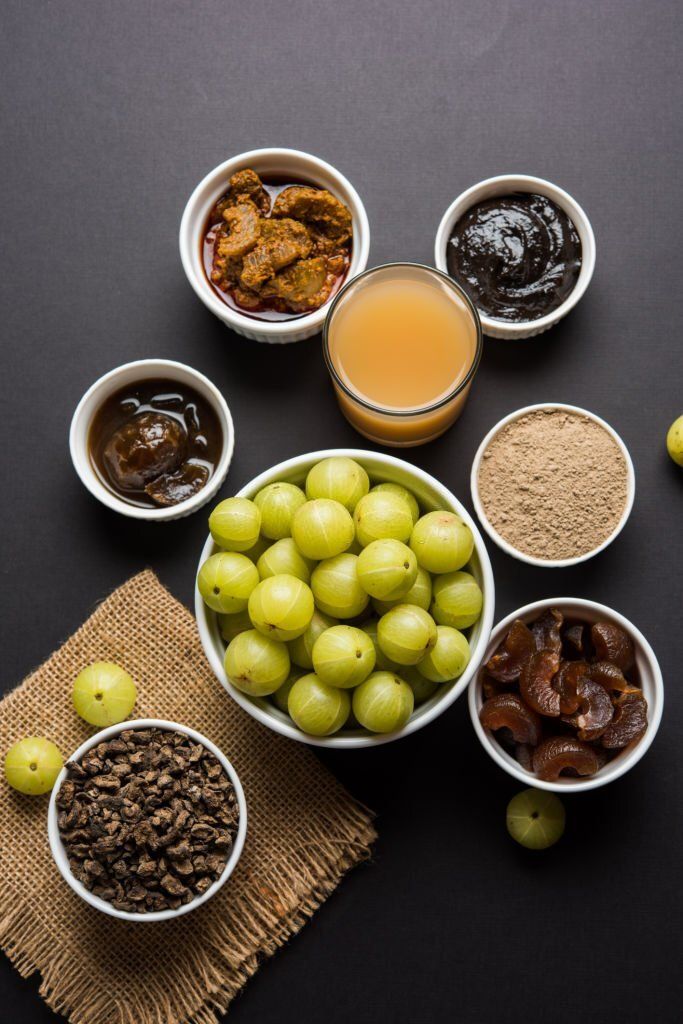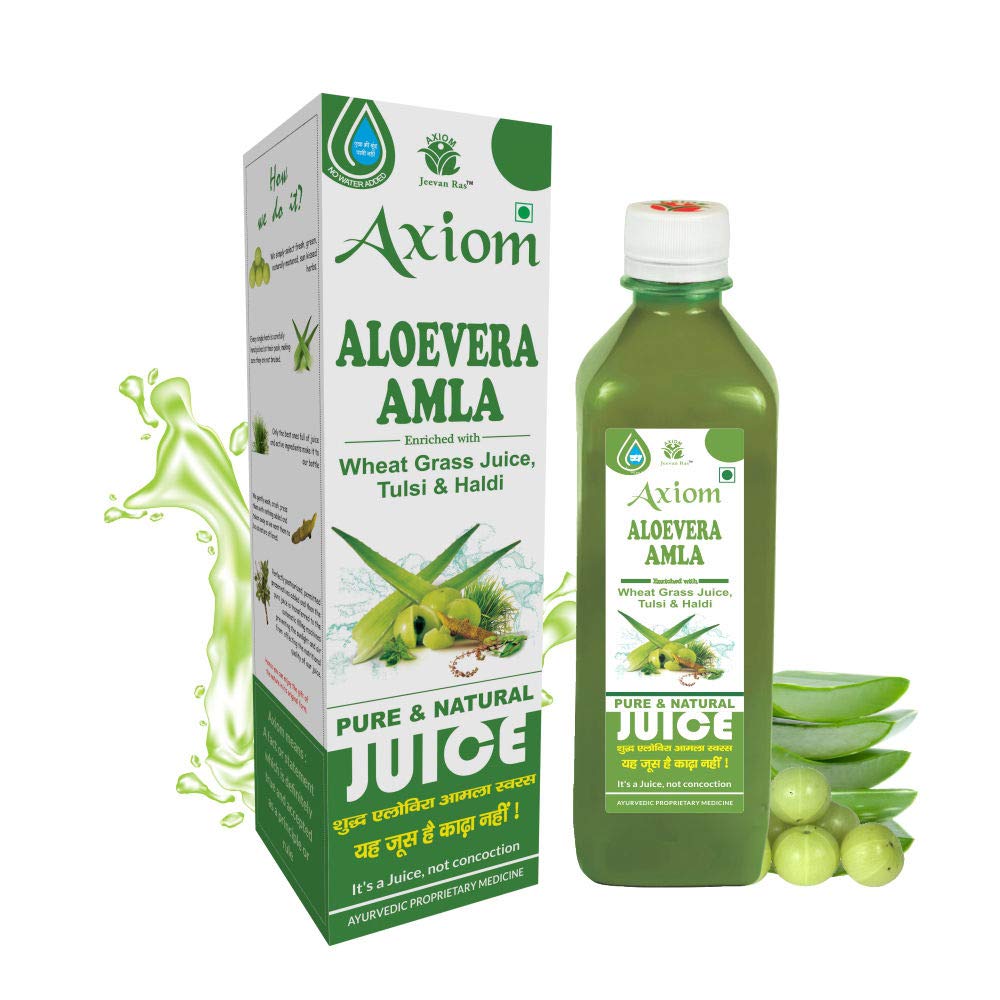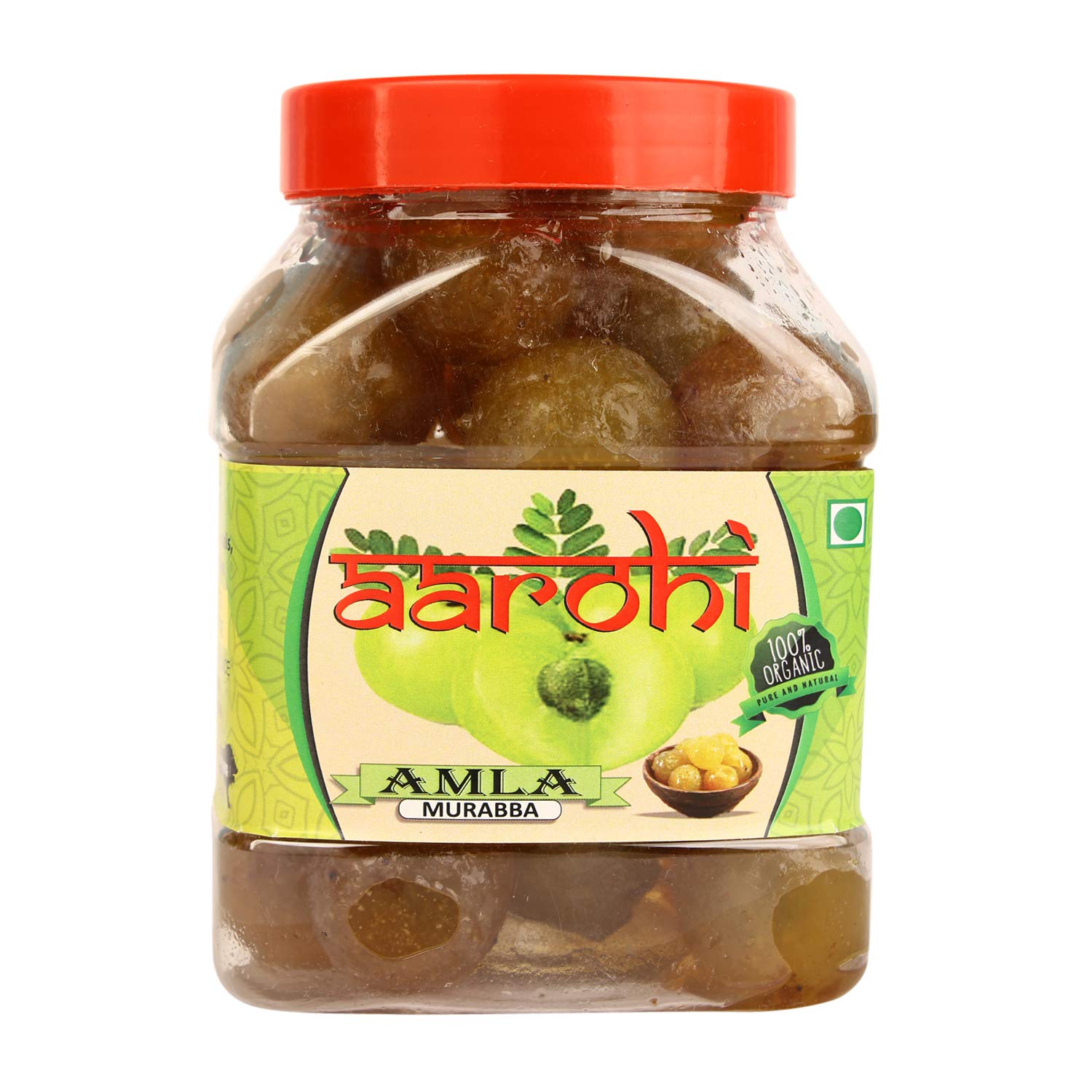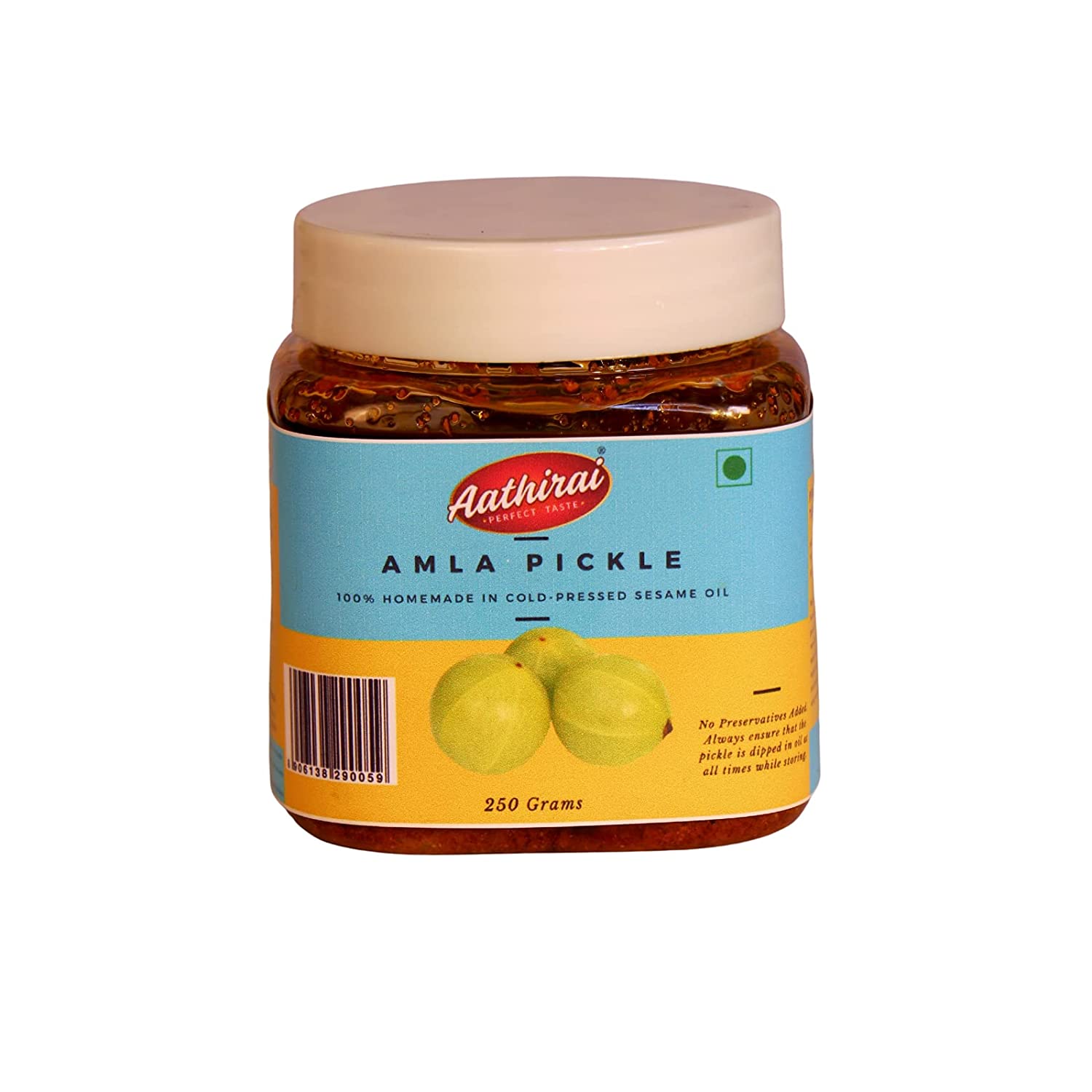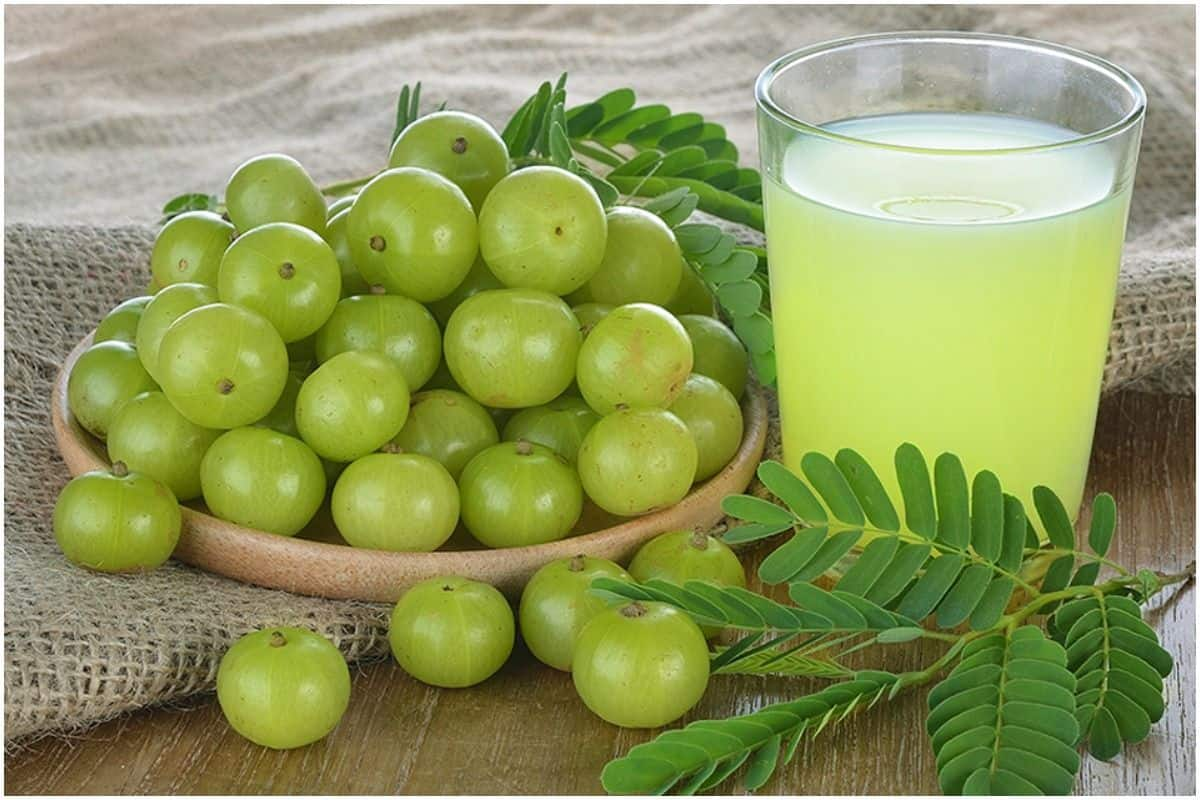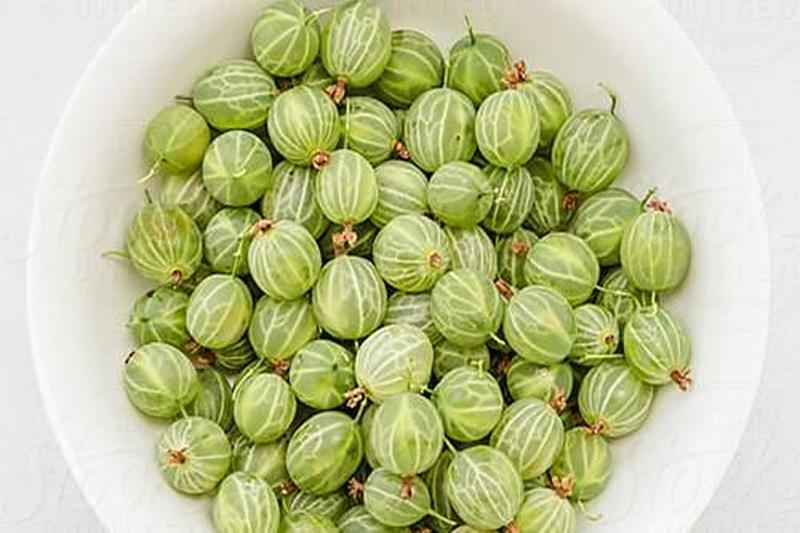Published Date January 24, 2003
Amla and its Benefits
By Hetvi Shah
4 min read
Last update date: January 24, 2003
Amla has countless healing properties and as the second richest source of Vitamin C (100 grams of amla contains Vitamin C present in 20 oranges.)

Amalaki (Indian Gooseberry), or Amla as it is most commonly called in India, is a highly potent medicinal plant, favoured for its countless healing properties and as the second richest source of Vitamin C (100 grams of amla contains Vitamin C present in 20 oranges.)
Scientifically called Emblica Officinalis or Phyllanthus Emblica. Amalaki, as known in Sanskrit and ancient texts of Ayurveda - meaning; mother, nurse, immortality and also ‘sour’- strongly recommends eating Amla every day to improve immunity and boost metabolism.
Also known as ‘Usirikaya’ in Telugu and ‘Nellikai’ in Tamil
Medicinal properties and Health Benefits of Amla
It is a tree native to India however, it is also found in China, Pakistan, Sri Lanka, and South East Asia. Its fruit can be used both dried and fresh and is known for its health, nutritional and therapeutic perks. Often enjoyed as a candy, pickle, juice, or sometimes powdered while, chyawanprash is the most preferred.
Amla has antioxidant, rejuvenating, anti-ageing, anti-bacterial, and anti-inflammatory properties. It is used in the treatment and management of -
- Diabetes
- Asthma
- Anemia
- Cardiac disorders
- Flatulence
- Skin diseases
- Hyperacidity and peptic ulcers
- Intermittent fever
- Diarrhoea and dysentery
As per the medicinal properties mentioned above, here are 6 of the top benefits of including amla in our diet daily:
Diabetes controls - The absorption rate of sugar slows down because the dietary fibres present in amla dissolve quickly thus lowering blood sugar levels. It has a solid effect on blood glucose and lipid levels in people with type 2 diabetes.
Better Digestion - The fibre content in amla helps in the regulation of bowel movements, relieving the symptoms of conditions like irritable bowel syndrome(IBS), and constipation. Amla is very high in Vitamin C and thus aids in the absorption of other nutrients like iron and other minerals consumed as supplements.
Healthier Eyes - Amla is rich in Vitamin A, it assists in not only improving eye health but may also lower the risk of age-related muscular degeneration. Amla's vitamin C content can help protect your eyes from conjunctivitis (pink eye) and other infections.
Memory and Brain Health - Amla has phytonutrients and antioxidant properties that protect brain cells against free radicals thus, benefiting memory. Production of a neurotransmitter and norepinephrine is aided by the high Vitamin C concentration which improves brain function in people suffering from dementia. Amla also has therapeutic effects which help relieve mental fatigue, burning sensation, and migraine.
Fatty Liver Disease (Hepatic Steatosis) - A rat study suggests that amla modulates some proteins in the liver and helps prevent Hepatic Steatosis and dyslipidemia.
According to Ayurveda, Amla along with pippali (Piper longum) churna or Trikatu churna and Haldi (Turmeric) churna is used in non-alcoholic fatty liver disease.
Liver damage due to drugs - These days drugs cause many side effects which massively affect liver function. Amla has a potent liver-protective property. It is said to have a unique antioxidant composition, which protects the liver cells from the damage caused by free radicals, altering their normal structure and function. Treatment with amla also reduces toxic markers and markers of inflammation.
Other health benefits -
Alma also aids with the below -
- Skin and hair: hair fall, baldness, blemishes, and wrinkles.
- Kidney and bladder disorder: burning sensation in urine and recurrent urinary tract infections.
- Women’s diseases: Leucorrhea and infertility due to uterine weakness.
- Men’s diseases: Oligospermia and nightfall
Easy ways to consume Amla on a daily basis:
- Amla Juice -
Ingredients:
Amlas-4, chopped
Few sprigs of fresh mint leaves
2 tablespoons of honey
Pinch of black pepper powder
Salt to taste
Method: Mix amla and mint leaves with 1.5 cups of water to blend. Sieve the juice through a thick mesh strainer and add honey, pepper powder, and salt to taste. Serve immediately.
- Amla Chutney -
Ingredients:
Amlas-6, roughly chopped
A cup of coriander leaves, freshly chopped
½ teaspoon cumin seeds
2 green chillies, roughly chopped
1 tablespoon ginger, chopped
2 tablespoon sugar
¼ teaspoon black salt
Salt to taste
Method: blend all the ingredients in a mixer grinder with a ¼th cup of water, till no lumps appear. Serve it fresh or refrigerate it in an air-tight container.
Takeaway:
Though it has a bitter and astringent aftertaste, it has health benefits to match. Amla is known to improve the body’s immunity if consumed on a daily basis. A 100g serving (about a half cup) provides 300 mg of Vitamin C, double the daily requirement of an adult. Flavonoids, polyphenols, and alkaloids are also found in significant amounts.
Related Items
Choose Healthy With Us.
Know the real truth about your food. Stay informed and healthy, for free.

Download the App Now
Certified nutritionists trust our food recommendations. Safe to say, so can you :)




